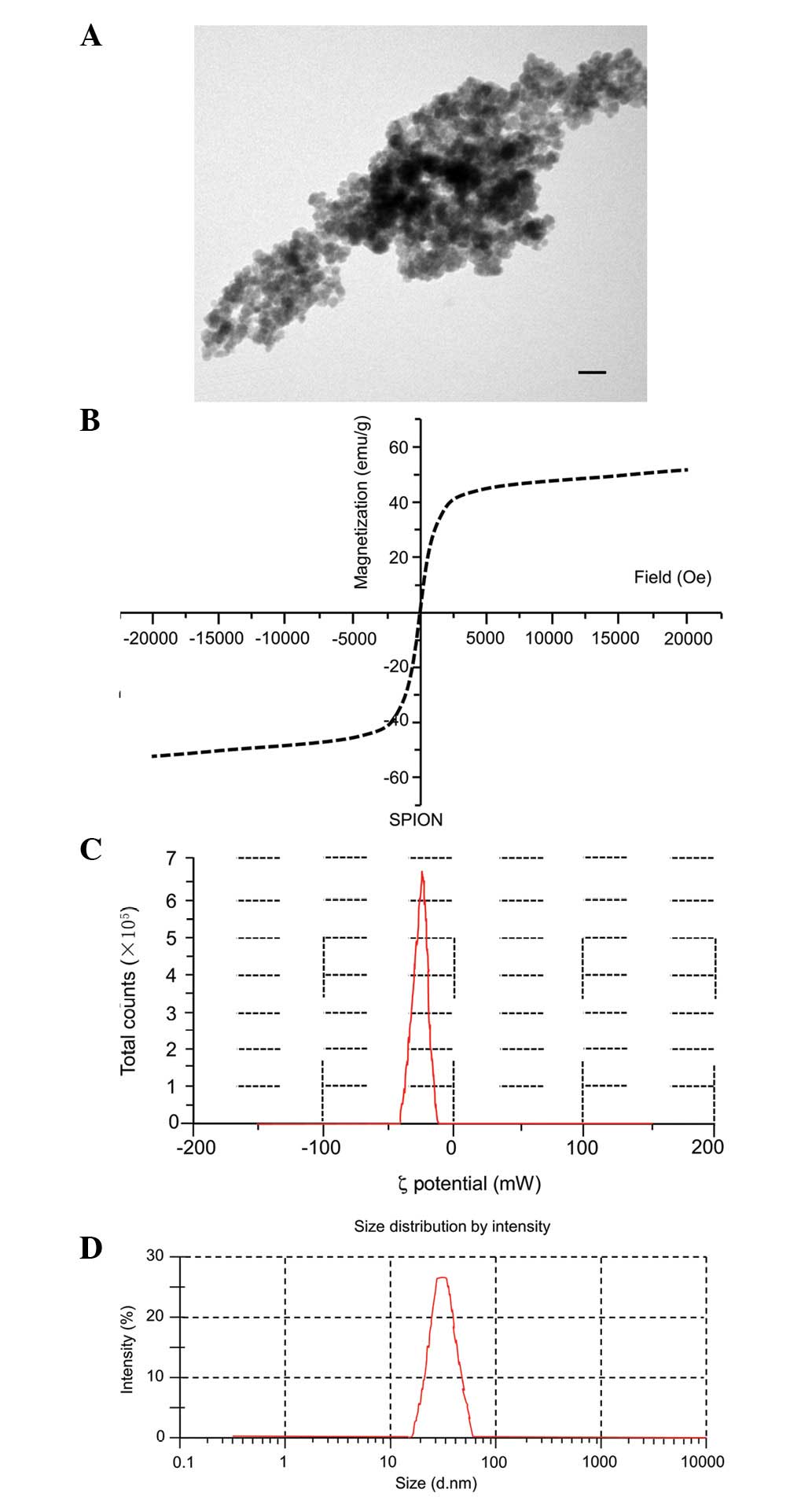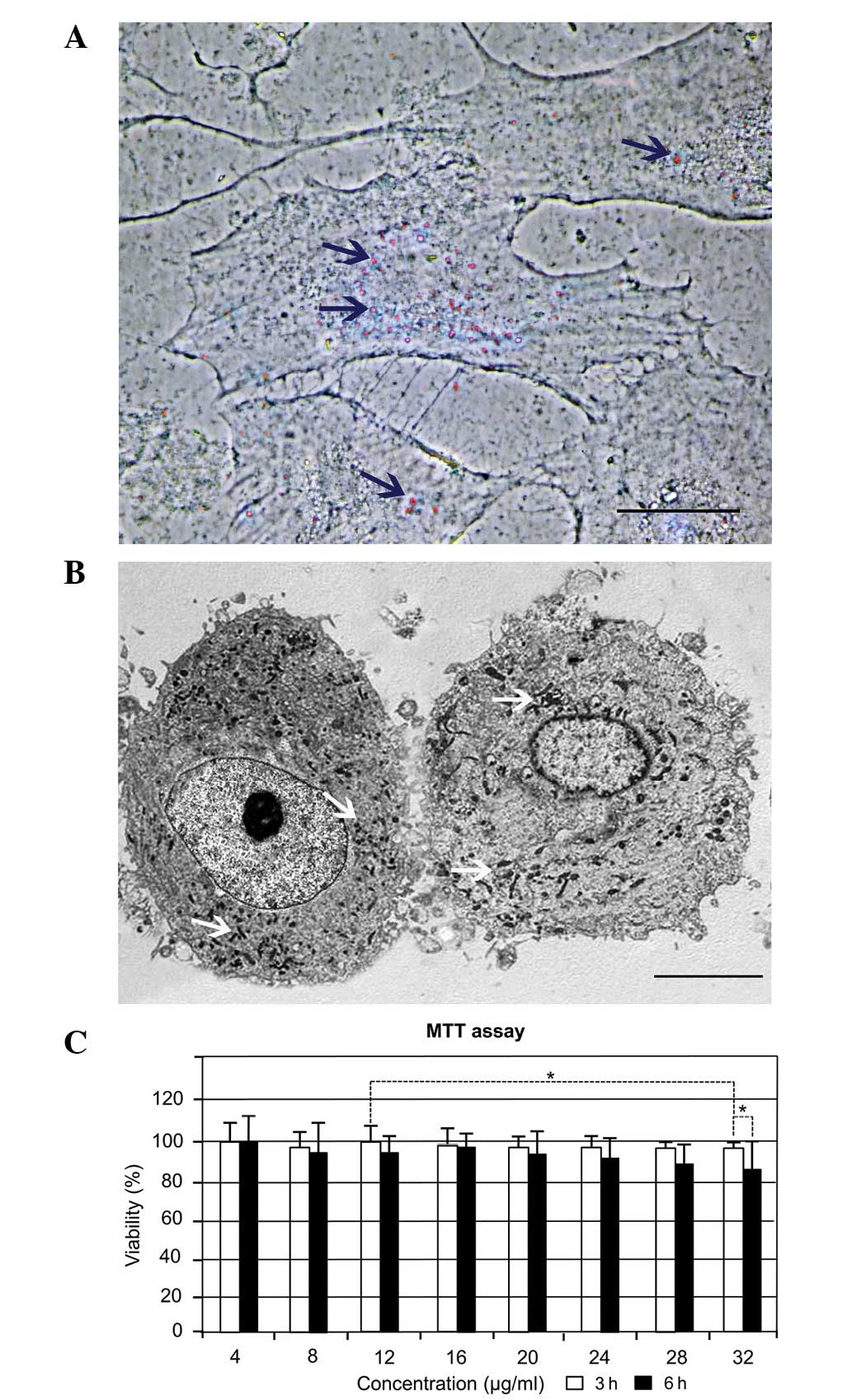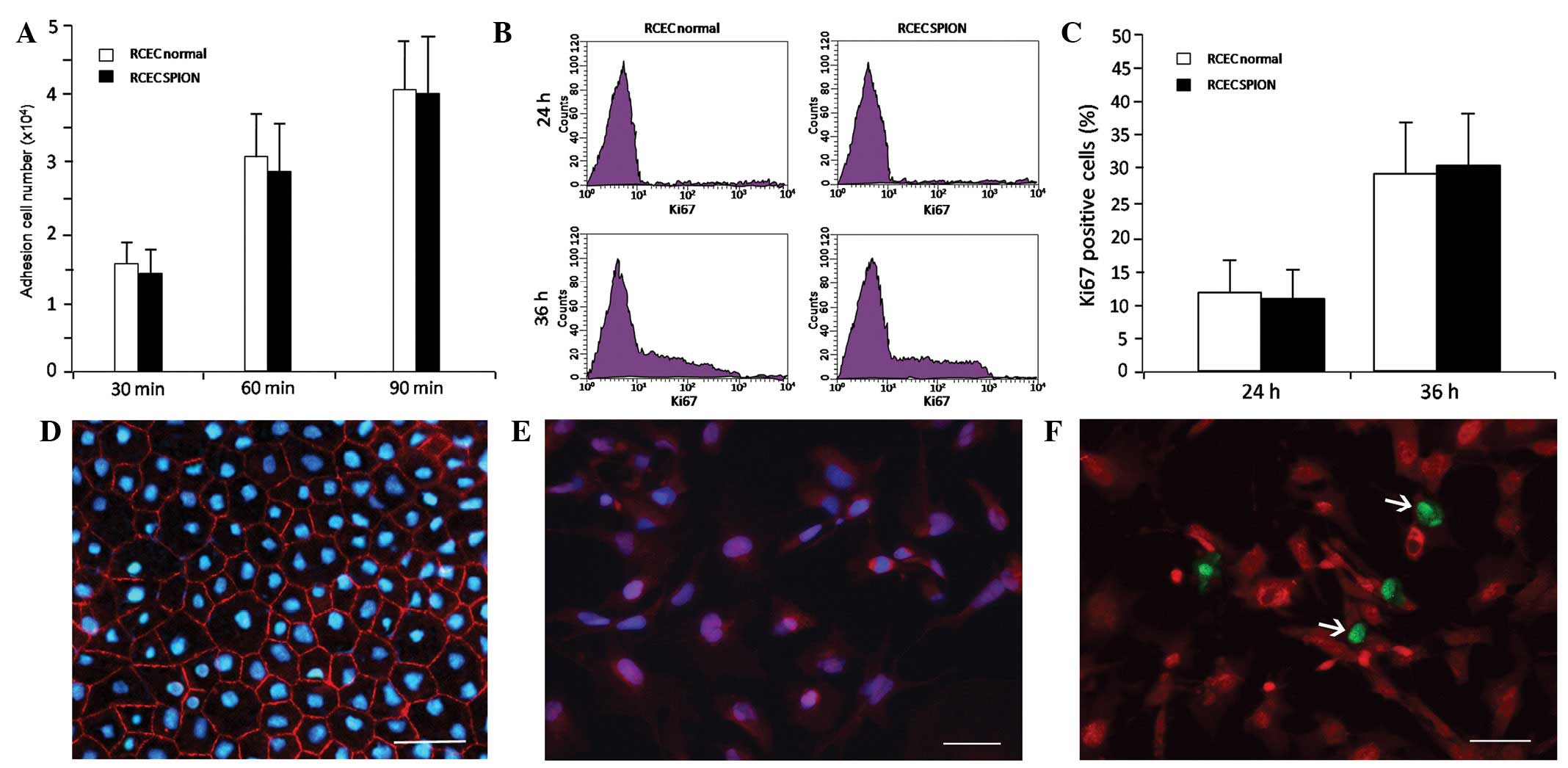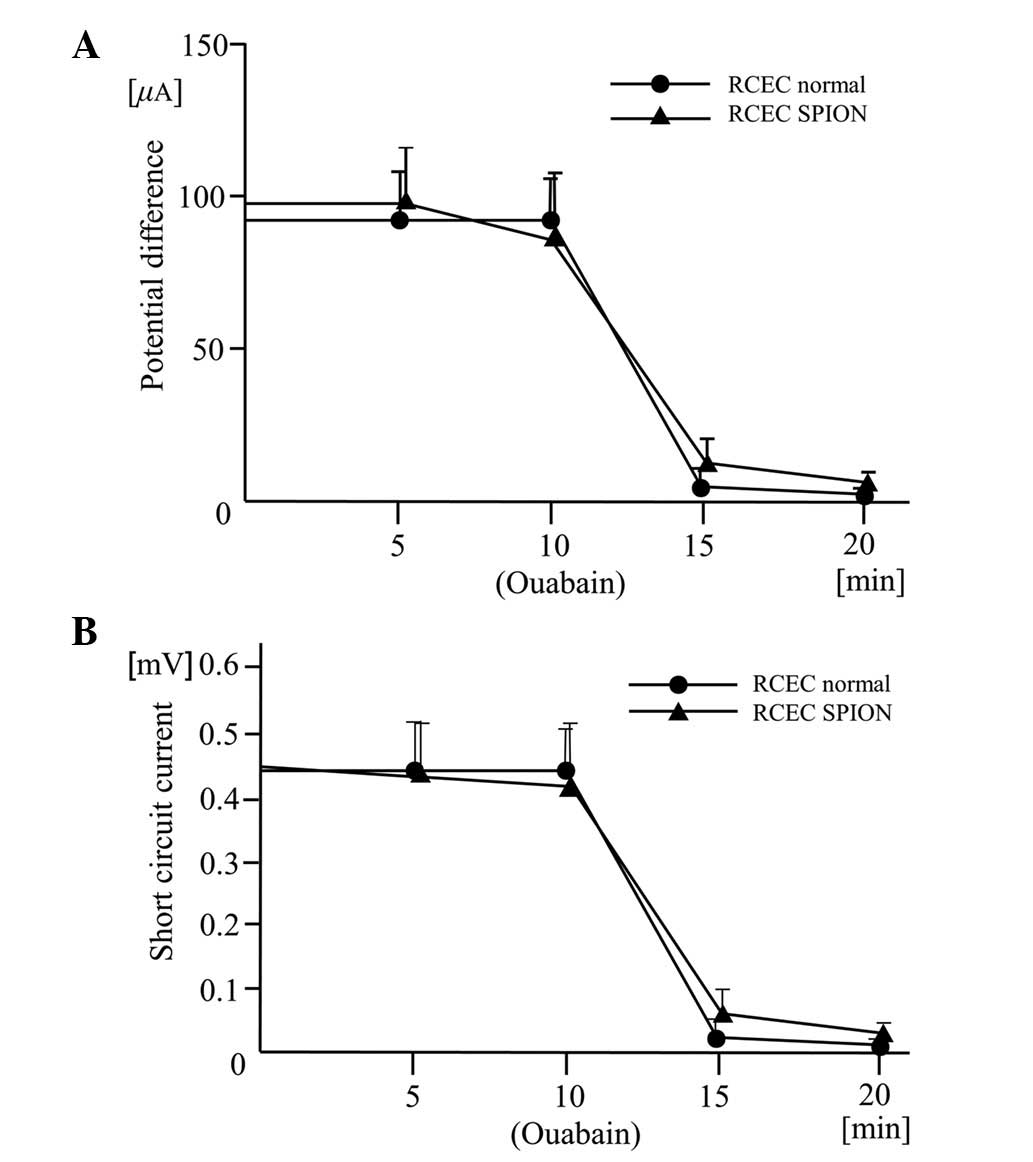|
1
|
Okumura N, Ueno M, Koizumi N, et al:
Enhancement on primate corneal endothelial cell survival in vitro
by a ROCK inhibitor. Invest Ophthalmol Vis Sci. 50:3680–3687. 2009.
View Article : Google Scholar : PubMed/NCBI
|
|
2
|
Joyce NC: Proliferative capacity of
corneal endothelial cells. Exp Eye Res. 95:16–23. 2012. View Article : Google Scholar : PubMed/NCBI
|
|
3
|
Yamazoe K, Yamaguchi T, Hotta K, et al:
Outcomes of cataract surgery in eyes with a low corneal endothelial
cell density. J Cataract Refract Surg. 37:2130–2136. 2011.
View Article : Google Scholar : PubMed/NCBI
|
|
4
|
Pescosolido N, Komaiha C, Dapoto L,
Lenarduzzi F and Nebbioso M: Corneal haze in course of Fuchs’
endothelial dystrophy. Clin Ter. 163:e169–e171. 2012.
|
|
5
|
Wang X, Wang W, Xu J and Wang Y: Analysis
of causes of bullous keratopathy in East China: a 10-year
retrospective study. Graefes Arch Clin Exp Ophthalmol. 250:307–308.
2012.PubMed/NCBI
|
|
6
|
Quilendrino R, Yeh RY, Dapena I, et al:
Large diameter Descemet membrane endothelial keratoplasty in
buphthalmic eyes. Cornea. Nov 26–2012.(Epub ahead of print).
|
|
7
|
Ang M, Mehta JS, Lim F, Bose S, Htoon HM
and Tan D: Endothelial cell loss and graft survival after
Descemet’s stripping automated endothelial keratoplasty and
penetrating keratoplasty. Ophthalmology. 119:2239–2244. 2012.
|
|
8
|
Jhanji V, Mehta JS, Sharma N, Sharma B and
Vajpayee RB: Targeted corneal transplantation. Curr Opin
Ophthalmol. 23:324–329. 2012. View Article : Google Scholar
|
|
9
|
Peh GS, Beuerman RW, Colman A, Tan DT,
Mehta JS, et al: Human corneal endothelial cell expansion for
corneal endothelium transplantation: an overview. Transplantation.
91:811–819. 2011. View Article : Google Scholar : PubMed/NCBI
|
|
10
|
Patel SV, Bachman LA, Hann CR, Bahler CK
and Fautsch MP: Human corneal endothelial cell transplantation in a
human ex vivo model. Invest Ophthalmol Vis Sci. 50:2123–2131. 2009.
View Article : Google Scholar : PubMed/NCBI
|
|
11
|
Mimura T, Yamagami S, Usui T, et al:
Long-term outcome of iron-endocytosing cultured corneal endothelial
cell transplantation with magnetic attraction. Exp Eye Res.
80:149–157. 2005. View Article : Google Scholar : PubMed/NCBI
|
|
12
|
Mimura T, Yamagami S, Yokoo S, et al:
Cultured human corneal endothelial cell transplantation with a
collagen sheet in a rabbit model. Invest Ophthalmol Vis Sci.
45:2992–2997. 2004. View Article : Google Scholar : PubMed/NCBI
|
|
13
|
Yue K, Guduru R, Hong J, Liang P, Nair M
and Khizroev S: Magneto-electric nano-particles for non-invasive
brain stimulation. PLoS One. 7:e440402012. View Article : Google Scholar : PubMed/NCBI
|
|
14
|
Yang F, Jin C, Subedi S, et al: Emerging
inorganic nanomaterials for pancreatic cancer diagnosis and
treatment. Cancer Treat Rev. 38:566–579. 2012. View Article : Google Scholar : PubMed/NCBI
|
|
15
|
Raju HB, Hu Y, Vedula A, Dubovy SR and
Goldberg JL: Evaluation of magnetic micro- and nanoparticle
toxicity to ocular tissues. PLoS One. 6:e174522011. View Article : Google Scholar : PubMed/NCBI
|
|
16
|
Sun JH, Zhang YL, Qian SP, et al:
Assessment of biological characteristics of mesenchymal stem cells
labeled with superparamagnetic iron oxide particles in
vitro. Mol Med Rep. 5:317–320. 2012.PubMed/NCBI
|
|
17
|
Balakumaran A, Pawelczyk E, Ren J, et al:
Superparamagnetic iron oxide nanoparticles labeling of bone marrow
stromal (mesenchymal) cells does not affect their ‘stemness’. PLoS
One. 5:e114622010.
|
|
18
|
Busin M, Scorcia V, Patel AK, Salvalaio G
and Ponzin D: Donor tissue preparation for Descemet membrane
endothelial keratoplasty. Br J Ophthalmol. 95:1172–1173. 2011.
View Article : Google Scholar : PubMed/NCBI
|
|
19
|
Zhu YT, Hayashida Y, Kheirkhah A, He H,
Chen SY and Tseng SC: Characterization and comparison of
intercellular adherent junctions expressed by human corneal
endothelial cells in vivo and in vitro. Invest Ophthalmol Vis Sci.
49:3879–3886. 2008. View Article : Google Scholar : PubMed/NCBI
|
|
20
|
Gao Y, Zhou Q, Qu M, Yang L, Wang Y and
Shi W: In vitro culture of human fetal corneal endothelial cells.
Graefes Arch Clin Exp Ophthalmol. 249:663–669. 2011. View Article : Google Scholar : PubMed/NCBI
|
|
21
|
Roh DS and Funderburgh JL: Rapid changes
in connexin-43 in response to genotoxic stress stabilize cell-cell
communication in corneal endothelium. Invest Ophthalmol Vis Sci.
52:5174–5182. 2011. View Article : Google Scholar : PubMed/NCBI
|
|
22
|
Hatou S, Yamada M, Akune Y, et al: Role of
insulin in regulation of Na+-/K+-dependent ATPase activity and pump
function in corneal endothelial cells. Invest Ophthalmol Vis Sci.
51:3935–3942. 2010.
|
|
23
|
Hatou S, Yamada M, Mochizuki H, Shiraishi
A, Joko T and Nishida T: The effects of dexamethasone on the
Na,K-ATPase activity and pump function of corneal endothelial
cells. Curr Eye Res. 34:347–354. 2009. View Article : Google Scholar : PubMed/NCBI
|
|
24
|
Chandrasekaran S, Geng Y, DeLouise LA and
King MR: Effect of homotypic and heterotypic interaction in 3D on
the E-selectin mediated adhesive properties of breast cancer cell
lines. Biomaterials. 33:9037–9048. 2012. View Article : Google Scholar : PubMed/NCBI
|
|
25
|
Sugrue SP and Zieske JD: ZO1 in corneal
epithelium: association to the zonula occludens and adherens
junctions. Exp Eye Res. 64:11–20. 1997. View Article : Google Scholar : PubMed/NCBI
|













